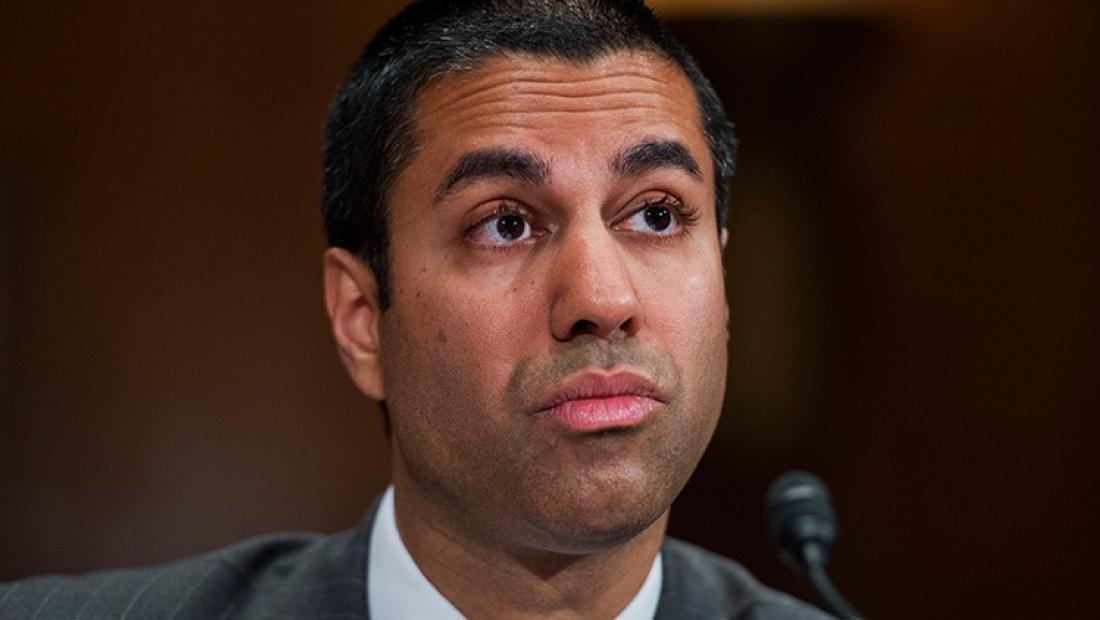Pai Circulates Plan for Spending $200 Million on COVID-19 Telehealth

FCC chair Ajit Pai has figured out how the FCC should spend the money that the recently passed $2 trillion COVID-19 aid bill.
He has circulated a draft order to the other commissioners for a vote.
The proposal would allow eligible health care providers to buy telecommunications broadband connectivity and devices, both to help COVID-19 patients, including those in self-isolation and quarantine, and others with underlying conditions who don't want to risk a trip to the doctor.
Congress set aside $200 million for an FCC Connected Care program
There is no deadline for spending the money, which the FCC gets "until expended." It is to go to "prevent, prepare for, and respond to coronavirus, domestically or internationally, including to support efforts of health care providers to address coronavirus by providing telecommunications services, information services, and devices necessary to enable the provision of telehealth services during an emergency period."
The money will be prioritized to areas hardest hit by COVID-19, including populations most in need of social distancing.
According to senior FCC officials, the FCC does not expect to give out more than $1 million per grant, but it can be used by applicants to cover $100 percent of the cost. Eligible providers include nonprofit hospitals, medical schools, health departments, healthcare services for migrants, and others.
Multichannel Newsletter
The smarter way to stay on top of the multichannel video marketplace. Sign up below.
Some for-profit hospitals may not be eligible due to the FCC's focus of what officials said was limited dollars to the most in need.
Related: The Lastest News on Coronavirus' Impact on TV
Pai said he has also given his colleagues final rules for a broader, $100 million, Connected Care Pilot Program. That money comes from the Universal Service Fund.
That three-year project would:
1. "Provide universal service support to help defray health care providers’ qualifying costs of providing connected care services.
2. "Target funding to eligible health care providers, with a primary focus on pilot projects that would primarily benefit low-income or veteran patients.
3. "Make available up to $100 million, which would be separate from the budgets of the existing Universal Service Fund programs and the COVID-19 Telehealth Program.
4. "Provide funding for selected pilot projects to cover 85% of the eligible costs of broadband connectivity, network equipment, and information services necessary to provide connected care services to the intended patient population."
Health care providers would apply for the program and the FCC would select the projects to fund. The pilot project will not cover device costs, which the FCC says it can't because the funding comes from USF rather than the COVID-19 relief bill.
The pilot proposal would also look at how the Connected Care program could be made a permanent part of the FCC's Universal Service Fund broadband/advanced telecom subsidy program.
Contributing editor John Eggerton has been an editor and/or writer on media regulation, legislation and policy for over four decades, including covering the FCC, FTC, Congress, the major media trade associations, and the federal courts. In addition to Multichannel News and Broadcasting + Cable, his work has appeared in Radio World, TV Technology, TV Fax, This Week in Consumer Electronics, Variety and the Encyclopedia Britannica.

